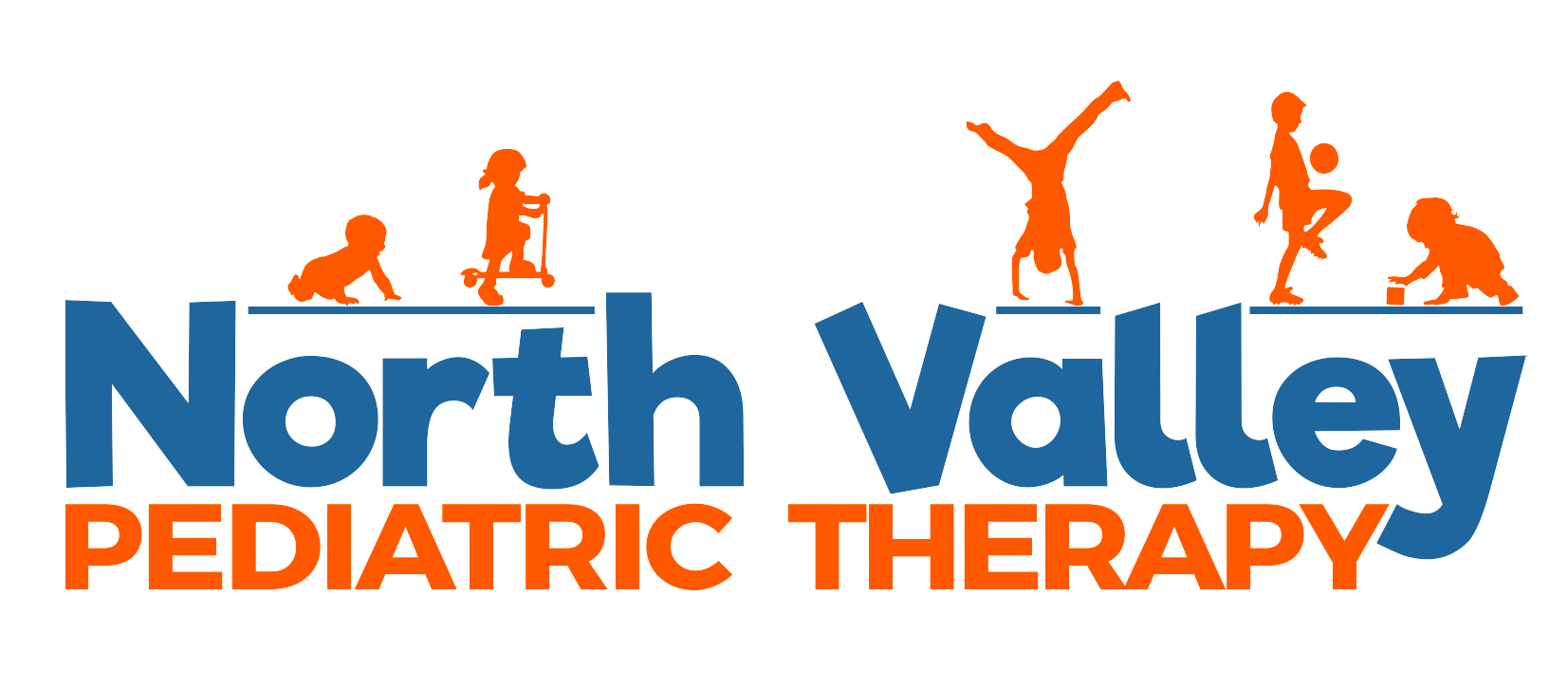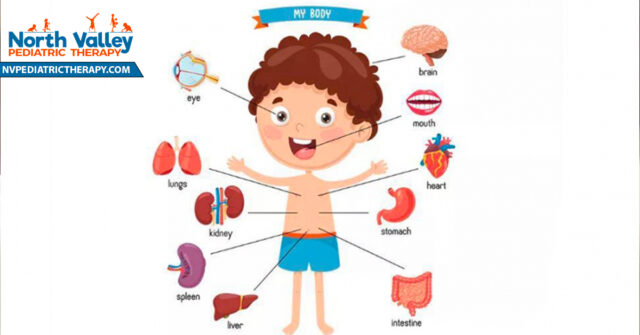Your doctor says your child has hypotonia or “low tone”, but what exactly does that mean, and how does it affect your child’s development?
Hypotonia is a medical term that means decreased muscle tone. Everyone is born with an individualized amount of muscle tone, which is the level of stiffness and tension of a muscle at rest. When our muscles relax they don’t completely shut off, as there is always some level of activity occurring. An example of this in children is when you pick up a baby and they feel “sturdy” and “solid”, these are babies with higher muscle tone. As compared to when you pick up a baby that feels “squishy” or “floppy”, these are babies with lower muscle tone. Our muscle tone helps us hold our bodies upright while we are sitting and standing and contributes to the amount of control and speed we have over the movements we want to achieve.
Oftentimes the term hypotonia, or low tone, can be confused with muscle weakness, however, it is important to realize that they are not the same. An easy way to recognize the difference between the two is that muscle strength is active and in our control, and muscle tone is passive and involuntary. Even though they are different, both muscle tone and muscle weakness can often be seen in conjunction with each other as a child with low muscle tone may have more difficulties activating and using the affected muscles
What are the signs you should look for in your child to see if they have hypotonia? Because every child is different, the diagnosis or term hypotonia varies significantly in severity and specifics of how it presents. Low tone can be seen across the board from delayed speech (due to low oral motor muscle tone), feeding difficulties, delayed gross motor milestones (crawling, walking, and jumping) or delayed fine motor skills (grabbing toys, and handwriting). Depending on the severity it can result in unusual movement patterns such as maintaining a wide base of support, locking of joints, scooting on the bottom (instead of four point crawling) and difficulty with upright postures such as independent standing and walking. In children with milder symptoms it impacts the ability to perform high level gross motor activities such as balance on one leg, stair climbing, jumping and hopping.
So how do you treat hypotonia/low tone? Physical therapy is a great place to start whether you have concerns about your child having hypotonia, or if your child has already been diagnosed. With therapy your child will be guided through individualized activities that are designed to help them increase their strength, balance, and bilateral coordination.

Blog by:
Heather Wolf – PT, DPT
Physical Therapist





One comment
Emily
April 2, 2021 at 3:48 am
This was a very informative and well-written article. I loved the way Heather broke it down to explain hypotonia.
Comments are closed.